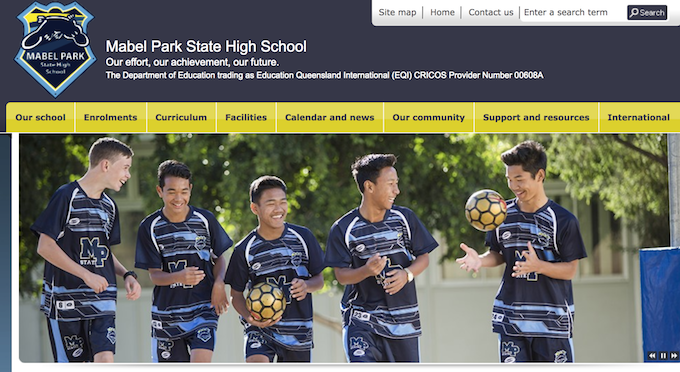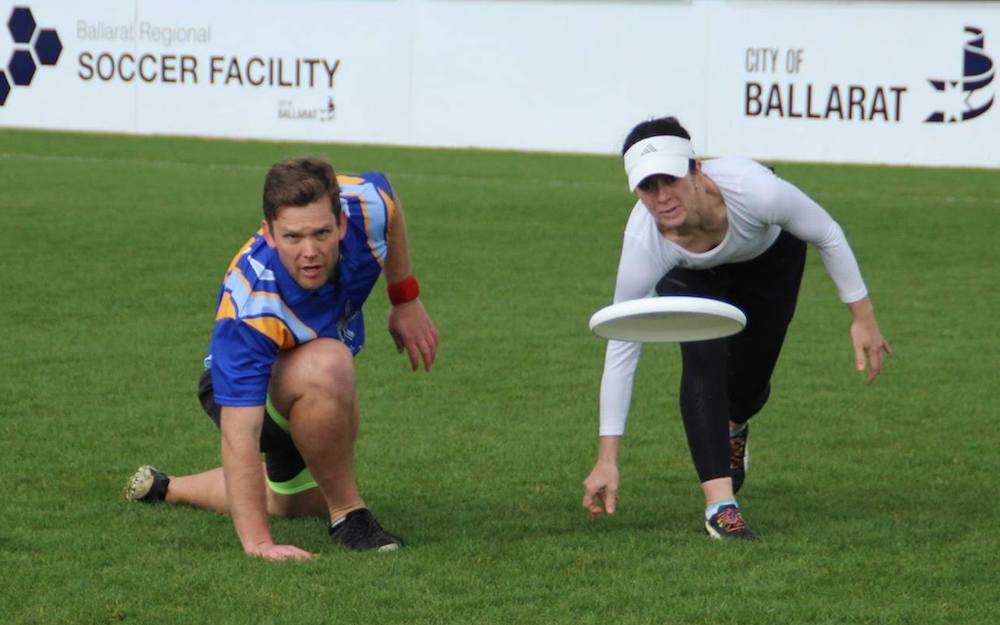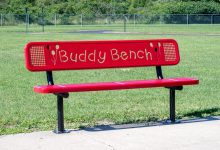St John urges schools to educate in snake bite first aid
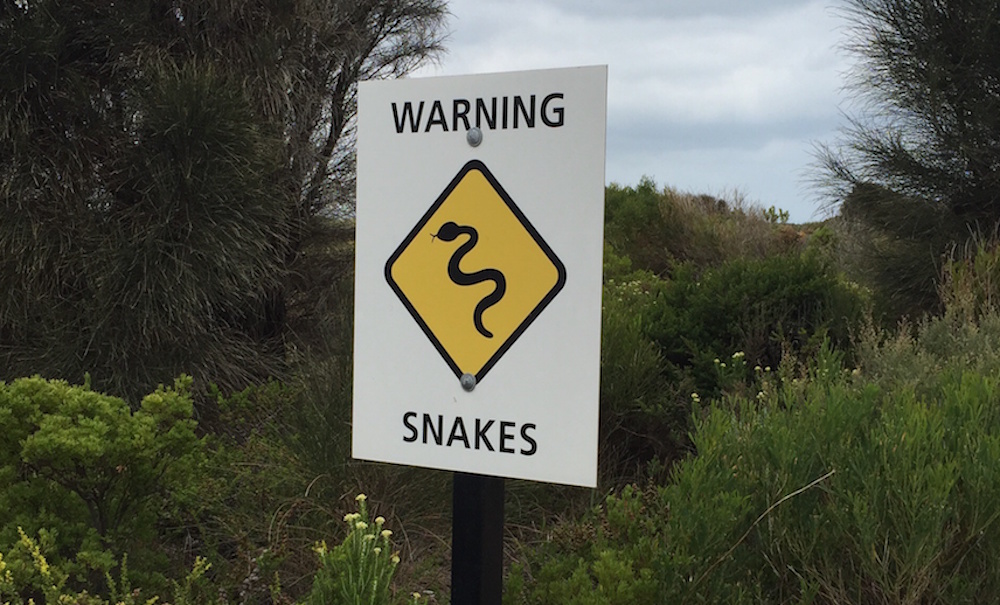
Recent media has suggested that although 20 of the world’s most deadly 25 species of snakes call Australia home, many members of the public are unsure of the correct first aid treatment and St John Ambulance is urging teachers and school leaders to exercise caution.
Snake bite incidents are already occurring this season, and St John Ambulance (Qld) is recommending all Queenslanders familiarise themselves with the correct first aid treatment for treating snake bites. This is especially important for schools with up to a thousand or more young students in their care.
St John’s first aid expert Mark Richards says there are many myths involving first aid treatment for snake bites, and it is important for people to know fact from fiction.
“A common myth is sucking the venom out of a snakebite – this will simply spread the poison to another person, and you will have two victims instead of one,” he said.
“Do not wash the bitten area or try to catch the snake – your first step in any situation is to follow the DRSABCD action plan (Danger, Response, Send for help, Airway, Breathing, CPR, and Defibrillation).”
“Ensure the casualty is relaxed as much as possible; reassure them that everything will be ok – this will slow down the time it takes for the venom to go through the body,” Mark said.
“Apply a pressure bandage with immobilisation, then splint the bandaged limb.”
“Mark the site of the bite on the bandage and write down as much information as you can, such as the time of the bite, a description of the snake and when the bandage was applied.”
Mr Richards told School News that common symptoms of a snake bite victim include a headache, nausea, drooping eyelids, drowsiness and difficulty speaking.
“Irrespective of what type of snake bite your casualty, always call triple zero ‘000’ for an ambulance.”
In Australia, there are about 3,000 snake bites per year, of which 200 to 500 involve the provision of anti-venom to the victom; on average one or two will prove fatal. About half the deaths are due to bites from the brown snake. The rest are mostly from tiger snake, taipan and death adder. More information is available at www.anaesthesia.med.usyd.edu.au/resources/venom/snakebite.html
Signs and symptoms of snakebite
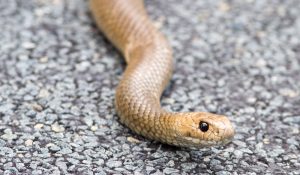 Signs of snakebite are not always visible and symptoms may only start to appear an hour or more after the person has been bitten.
Signs of snakebite are not always visible and symptoms may only start to appear an hour or more after the person has been bitten.
Symptoms that can develop in the first hour or more
- Nausea, vomiting and diarrhoea
- Headache
- Double or blurred vision
- Drooping eyelids
- Bleeding from the bite site
- Breathing difficulties
- Drowsiness, giddiness or fainting
- Problems speaking or swallowing voice change
- Pain or tightness in the chest throat or abdomen
- Respiratory weakness or arrest
- Dark urine
Symptoms that can develop up to 3 hours after the bite
- Limb paralysis
- Hypoxia
- Cyanosis
- Decrease in the level of consciousness
Snake bite management
- DRSABCD (Danger, Response, Send for help, Airway, Breathing, CPR and Defibrillation)
- Rest and reassure the casualty
- Pressure immobilisation bandage
- Seek medical aid urgently
Do not
- Wash venom off skin
- Cut the bitten area
- Try and suck venom out
- Use tourniquet
- Attempt to catch snake
- Allow casualty to walk
These first aid tips are not a substitute for first aid training. St John Ambulance (Qld) offers a range of first aid courses including CPR, Provide First Aid, Resuscitation, and Workplace First Aid. For more information visit www.stjohnqld.com.au or call 1300 ST JOHN (78 5646).



